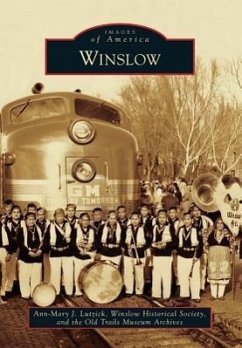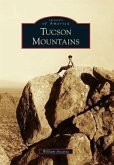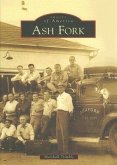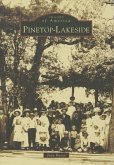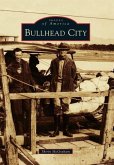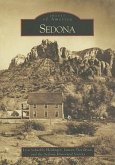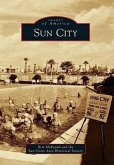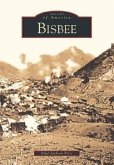In 1880, the Atlantic & Pacific Railroad laid out the Winslow townsite along its new transcontinental line through northeastern Arizona Territory because the nearby Little Colorado River supplied a vital water source. The river had sustained the prehistoric Homol'ovi villages, and a passable ford across the river brought trails, wagon roads, and Mormon settlers to the area before the railroad arrived. This high desert boomtown blossomed into a bustling city when the Santa Fe Railway bought the A&P and transferred division headquarters to Winslow. Along with a shipping point for area ranches, trading posts, and lumber mills, the railroad provided passenger service to the alluring Southwest. Travelers enjoyed fine dining by Fred Harvey and the Harvey Girls and lodging at architect Mary Colter's La Posada Hotel. As automobiles replaced rail travel in the 1920s, the highway running through downtown Winslow became part of the famed US Route 66. Interstate 40 eventually bypassed downtown, but Winslow's historic attractions, Standin' on the Corner Park, and nearby Hopi and Navajo lands continue to lure visitors from around the world.
Hinweis: Dieser Artikel kann nur an eine deutsche Lieferadresse ausgeliefert werden.
Hinweis: Dieser Artikel kann nur an eine deutsche Lieferadresse ausgeliefert werden.

